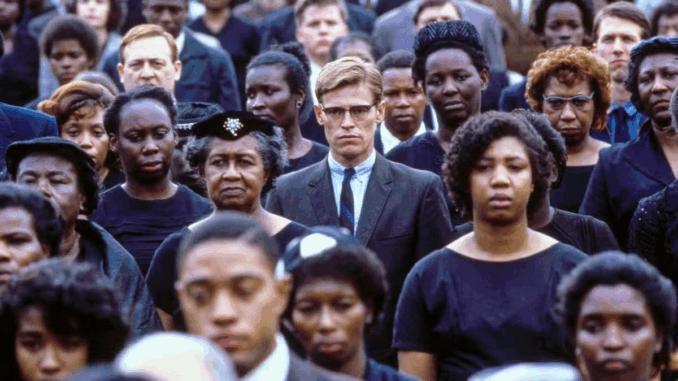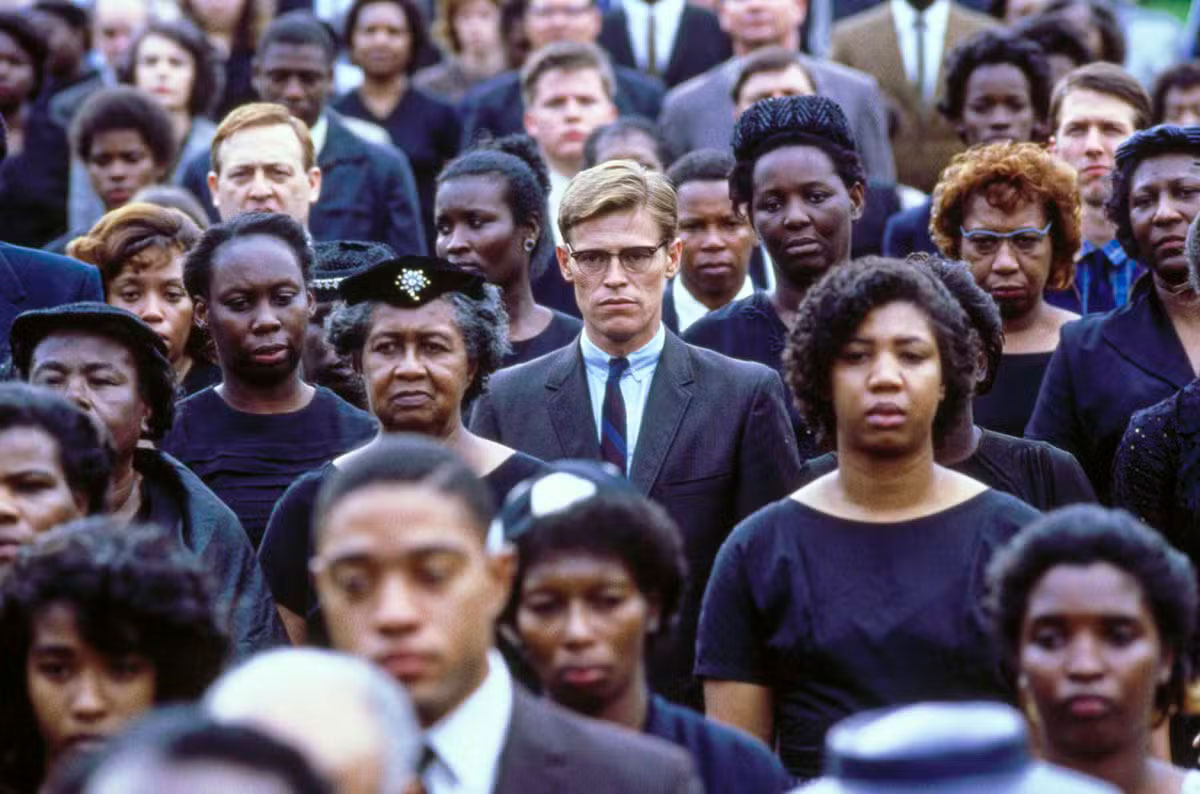
When cinema rekindles the flames of unfinished justice, “Mississippi Burning” does not just shock; it raises burning questions whose echoes still resonate today. What buried secrets has this cult film unearthed, triggering a true judicial tidal wave?
In the dark theaters, a film can sometimes play a much larger role than that of mere entertainment. “Mississippi Burning,” with its intense and provocative treatment, stirred the painful past of American civil rights. By exposing real events through the prism of fiction, it pushed to reconsider long-buried truths, transforming the screen into an informal court where calls for justice resonate.
A masterpiece by Alan Parker
When “Mississippi Burning” hit the screens in 1988, director Alan Parker wanted to make a strong impact. Inspired by one of the darkest pages of American history, his film revisits the disappearances of three civil rights activists in 1964, in Mississippi. A poignant drama where the violence of systemic racism pierces the screen, highlighting facts that had shaken the country.
Driven by Gene Hackman’s masterful performance, the film delves into the investigation conducted at the time by the FBI. A cinematic vision filled with emotions but also nourished by a chilling historical context. While the film shocked with its brutality, it also imposed a reflection: what remains of this 60s affair in collective memories?
1964, Mississippi, and an unfinished investigation
At the heart of “Mississippi Burning” lies a true historical tragedy. In 1964, three civil rights activists, James Chaney, Andrew Goodman, and Michael Schwerner, disappear after passing through Philadelphia (Mississippi). Their crime? Defying the racism of a segregationist South by participating in campaigns to register African Americans on the electoral lists.
The FBI eventually finds their bodies buried, victims of the Ku Klux Klan – a discovery that horrifies the nation. But despite the magnitude of the case, the perpetrators escape serious convictions. It is this sense of injustice that the film captures, from the treatment of black communities to the timid involvement of local authorities.
When cinema reignites justice
While the film moves and scandalizes the audience upon its release, its influence quickly surpasses the artistic realm. Jerry Mitchell, an investigative journalist, is particularly shaken when watching “Mississippi Burning.” This shock becomes the starting point of an exhaustive personal investigation in search of the truth about this unresolved case. Thanks to his relentless work, the case is finally reopened in the 90s.
The aftermath leads to a historic moment: Edgar Ray Killen, a Ku Klux Klan figure involved in the triple murder, is convicted in 2005 for manslaughter. A late but crucial advancement, showing how a film can become much more than a work of fiction. Struck by this dynamic, Alan Parker would later admit in interviews that he hoped the film would prompt a revisitation of history. Mission accomplished? Yes, without a doubt.
Critics and legacies
However, not everything was simple around the film. While some praised Gene Hackman’s immersive performance and the nervous tension of the direction, others lamented the many liberties taken with historical reality. Civil rights activists notably criticized the film for minimizing the role of black communities in the fight for justice.
Alan Parker responded to these criticisms by highlighting the intention behind his script: to shine a light on a repressed event. “Mississippi Burning” is not a documentary, but a cry against indifference. Today, despite the controversies, it remains an essential milestone of American cinematography, often studied in schools to address this tumultuous era.
An impact still palpable
The aftermath of the case and the conviction of Edgar Ray Killen remind us that the pages of history are never truly closed. The film continues to resonate in contemporary discussions on civil rights, especially in a context where social and racial tensions are still debated in the United States.
As for Jerry Mitchell, he has never ceased to emphasize how “Mississippi Burning” captured his attention on a forgotten injustice. A true reminder that cultural works, far from being mere entertainments, can become catalysts for truth.

